As rising inflation starts to affect most locations around the world, there is a heightened requirement for employers to provide proactive support to employees who are facing increased living costs and a suddenly reduced buying power.
There are also wider ramifications; financial stress can negatively impact mental health. Employers whose workers are concerned about inflation and other volatile economic conditions could lead to increased physical and mental illness1, reduced productivity, increased burnout2, and higher turnover rates3. For many companies, increasing salaries in line with inflation is not a sustainable or achievable strategy. So how can employers provide support to employees who face increased living costs, whilst balancing parallel rising business costs?
1 The link between money and mental health, Mind
2 Mental Health and Substance Use, WHO
3 Rising Resilient Report, Aon
Build a Sustainable Working Life
In times of volatility, it is important that companies support employees in building strong foundations to help them cope with difficult situations. A business strategy which focuses on creating a sustainable working life will help employees navigate difficult times, whilst supporting wider company goals such as talent retention and attraction. A sustainable working life model consists of three parts:
- Agility: the ability to navigate change
- Belonging: a feeling of connection and support from a community in the working environment
- Resilience: the ability to weather change. Resilient employees report better concentration, motivation, enthusiasm, and job satisfaction
Building a sustainable working life starts with a strategy that focuses on building workforce resilience. It needs to be driven by real-world data; employers should know what employee needs are and how they vary across different demographics and geographies. It also needs to have a defined, quantifiable goal so that progress can be measured, addressed, and communicated. Companies need to be able to say where they are, where they want to be, and how (and when) they intend to get there.
Do you know how resilient your workforce is? Take our resilience self-assessment
Gather Better Data Insights
When faced with a vast amount of employee data, it can be difficult to know where to start. Competitor or industry benchmarking can help provide fuller insights; companies can overlay this with existing data around their own benefits offering, employee health risks, and benefits uptake. This can provide directional insight and a baseline for improvement.
For most companies, much of that data already exists, in the form of claims data, absence data, and program uptake. From there, it’s important to talk to employees in both quantitative and qualitative ways, through surveys and focus groups
Companies need to focus on getting the right data, in a separable format. It’s important for companies to know and be able to segment by employee demographics; there are currently five generations in the workforce – each have different benefit needs and different preference for delivery and communication. Inclusive communication becomes even more important for a global workforce, when there are different cultural expectations around communication channel and style; understanding benefits uptake and opportunities for improvement will help you refine your approach.
Meet Employees Where They Are
It may be the case that you are already offering benefits that can help employees control costs. One of the biggest drivers of increased benefit costs are higher employer medical costs; although historically they have typically outpaced inflation, we are currently seeing even higher costs due to worsening health and a stretched post-pandemic healthcare environment. In volatile economic times, it may not be possible or desirable to pass these increasing costs along to employees. This is where a resilience-led strategy can start to intervene; initiatives such as wellbeing programs and preventative health screenings can help employees stay healthier, leading to fewer claims. Similarly, many people postponed care during the pandemic – whether intentionally or due to reduced healthcare resource – leading to poorer health outcomes that require additional treatment later.
A company’s data on program utilization can be used to determine which programs need to be communicated better; are your employees engaging with wellbeing initiatives? Does uptake align to the key areas highlighted by employee research?
Focusing on Personal Finance
Although we are starting to see some companies provide increased remuneration to their employees, this isn’t always a practical option. Employers should audit the benefits made available to employees, and ensure that the intended demographic groups are aware and engaging with them. Voluntary benefits such as emergency childcare services, combined insurance products, and retail discount portals can all have an immediate positive impact on an employee’s personal finance. Companies need to proactively communicate these services to their employees, remove barriers to uptake, and reinforce their availability at key engagement times – for example, retail discounts ahead of celebratory holidays or childcare during school breaks.
Your employee benefits need to be relevant, understandable, and accessible. If these three conditions are not met, employees will not engage
Companies should also consider the financial literacy of their workforce, and provide support to improve their personal finance management. Are employees aware of financial best practices? Are they saving enough for retirement? Are they managing their everyday expenditure in an efficient way? Financial education sessions can help support employees with their short-term and long-term financial goals, and catalyze positive financial behavior change, and yet Aon’s research shows that only 37 percent of companies do not provide financial for long-term goals (excluding retirement).
Creating a Globally Inclusive Strategy
Employers need to ensure that they review their benefits strategy through an inclusive lens; how can you address key issues highlighted elsewhere? For example, are female employees taking higher amounts of unpaid leave due to ad hoc caring commitments? If so – could an emergency care benefits program help address this inequality?
Additionally, inclusionary benefits like providing tools to help employees access culturally relevant care can help establish trust with employees that the company is offering benefits that truly meet their needs.
Different cultures, systems, and laws mean that benefits are never truly the same from location to location. To ensure equity, companies should establish minimum standards that align to the company’s values. Again, benchmarking can be useful here – as well as a deep understanding of local legislations and convention. A globally consistent approach may not always be achievable, but there will be providers who can provide support to bridge the gaps in legislated offerings.
Conclusion
This is an ideal time for companies to step in and provide much-needed support to their employees. The best way to help employees – no matter the underlying economic conditions – is to drive a holistic strategy that increases overall wellbeing and makes a positive impact on the areas that employees care about. Data analysis and benchmarking are two key tools that will help you create an impactful strategy aligned to your employee’s needs, whilst initiatives such as financial education and implementing cost-savings benefits will provide some much-needed immediate relief as employees manage their financial commitments amongst ever-rising costs.
Concerned about the impact high inflation is having on benefits costs?
Download our guide to find out more
General Disclaimer
The information contained herein and the statements expressed are of a general nature and are not intended to address the circumstances of any particular individual or entity. Although we endeavor to provide accurate and timely information and use sources we consider reliable, there can be no guarantee that such information is accurate as of the date it is received or that it will continue to be accurate in the future. No one should act on such information without appropriate professional advice after a thorough examination of the particular situation.
The contents of this article may not be reproduced, reused, reprinted or redistributed without the expressed written consent of Aon, unless otherwise authorized by Aon. To use information contained herein, please write to Aon’s team.
You might also like:
Report
The Impact of Inflation on Employee Benefits and Considerations for Businesses
Report
The Global Medical Trend Rates Report 2023
Survey
Better Outcomes by Design: 2022 DC Pension Scheme and Financial Wellbeing Survey
Report
Rising Resilient Report
Article
Inflation Influencing Business Risk Management












